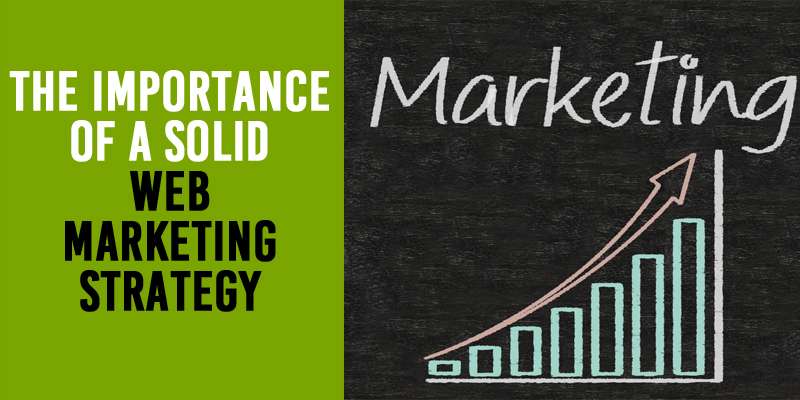Creative Newsletter Marketing

Many businesses think that once they have built their opt-in lists, all they have to do is wait for customers to literally break their doors down for their product or service. Well, that’s not quite the case. In order to really acquire loyal customers, you need to communicate with them on a constant basis and offer them something of value.
Remember the old adage, what’s in it for me?
As long as you have your customers best interest in mind, you can win your their loyalty for your business.
Here’s how you can leverage creative newsletter marketing:
1. Offer valuable, rich content.
Don’t just throw subscribers a couple of bones, but give them solid information that they can actually




